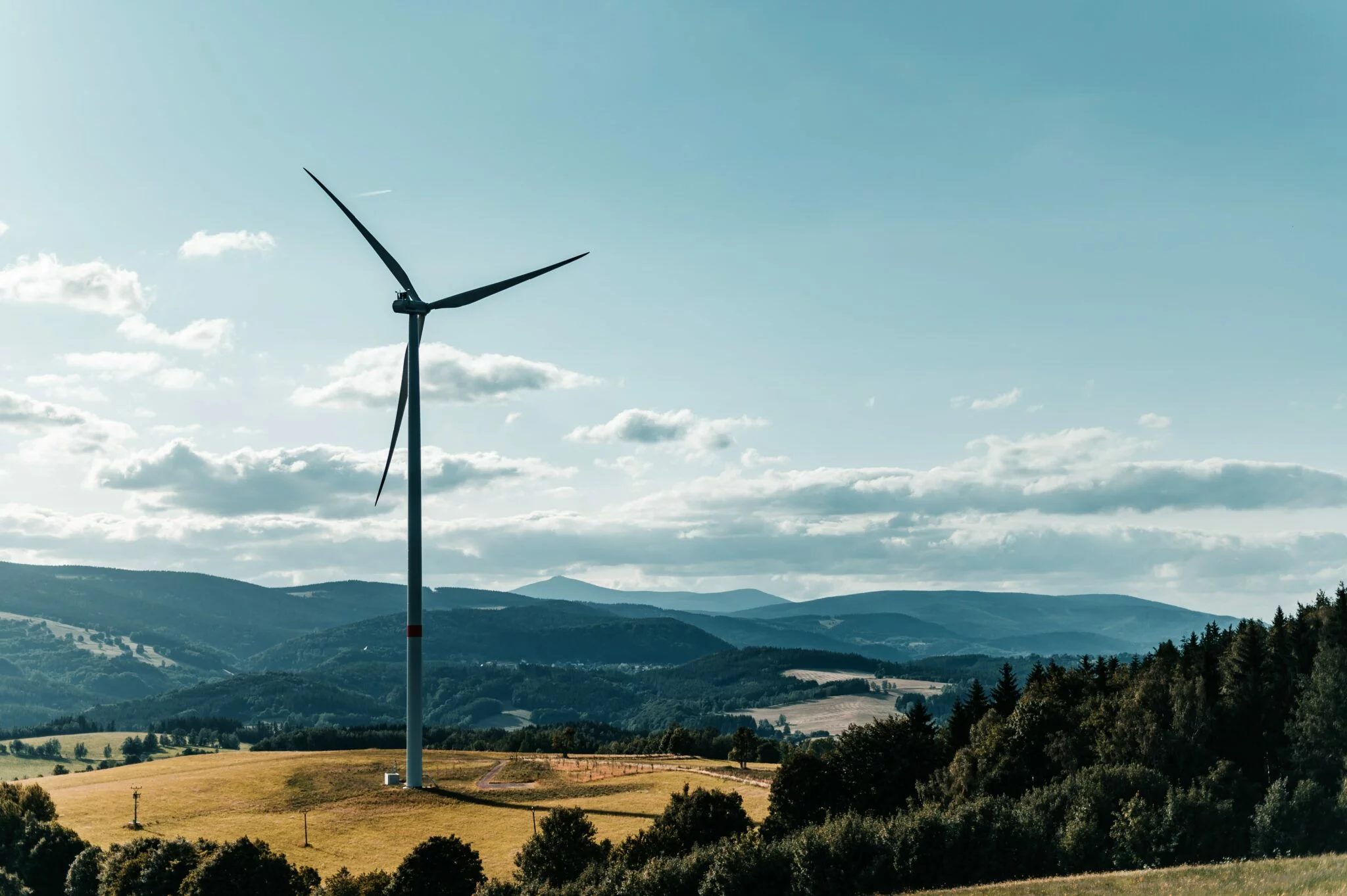Malaysia is lagging behind its regional peers when it comes to AC charging stations and DC fast-charging stations and the lack of incentives is to blame. The country now aims to have 1,000 DC rapid charging stations in the next four years.
When it comes to electric vehicle (EV) infrastructure, one of the most important things to take note of is the number of DC fast-charging stations that are available. It is what removes range anxiety, with even a short 15-minute top-up would suffice to get where you need to go. In Malaysia, there are about 500 public AC charging stations in Malaysia and only nine public DC fast-charging stations for EVs, with another 10 in development.
Having lagged behind its regional peers, Malaysia Automotive Robotics and IoT Institute (MARii) and the Malay Vehicle Importers and Traders Association of Malaysia (PEKEMA) decided to ink a memorandum of agreement (MoA) towards the development of more EV infrastructure in the country. DC charging points are faster, with an hour to fully charge a car, as compared to AC charging points that take about eight hours for a full charge.
Both parties aim to collaborate on setting up a network of 1,000 DC rapid charging stations around Malaysia by 2025. They will also co-develop connected aspects such as e-payment, charger locators, battery management systems as well as service center networks for the charging ecosystem.
Along with the EV network, MARii and PEKEMA are also setting up an EV Centre of Excellence (COE). This will be a center that will ensure the integration of the EV network and just coordinate the project as a whole. In a statement, both parties indicated that “the COE will also operate as a focal point for after-sales service support as well as implementing training, repairs, warranties, consultation, communication, marketing and coordination of strategic collaborations in EV-related areas.”
For context, Thailand, which has more than double Malaysia’s population, has 1,406 public AC charging stations, and 771 public DC fast-charging stations. If compared to their smaller island neighbor, Singapore has 61 DC fast-charging stations. That means to get to 1,000 in 2025, Pekema and MARii will have to build 981 DC Fast Charging Stations within three years.
That’s more than the current number of fast-charging stations available in Thailand — a rather ambitious target. According to Maybank Investment Bank Research, the country had fallen behind its Southeast Asian peers, despite having initially led the race for green vehicles in the early 2010s.
What about previous EV charging infrastructure projects?
Back in 2015, Greentech Malaysia promised 25,000 EV charging stations by 2020. Six years later, the country has only managed to reach about 2% of the original target.
It’s apparent that Malaysia has been falling behind in phasing out petroleum vehicles for greener electric options. One reason points to the nation’s unclear goals for implementation through the National Automotive Policy (NAP) 2020.
The plan lacks specifics on incentives for industry players and was bundled with other types of energy-efficient vehicles (EEVs). Previously, there were reports that a refined NAP for the electric vehicle (EV) industry would have been ready in July 2021. It was expected to include initiatives by the government to accelerate the adoption of EVs in Malaysia through financial incentives, tax levies, and more. But that didn’t happen.
On the whole, the ten-year plan included seven roadmaps and blueprints as well as 17 targets to be met. Under the National Electric Mobility Blueprint, Malaysia aspires to have 125,000 EV charging stations by 2030. The report also highlighted that Malaysia still lacks clear milestones for its EV ambitions as compared to its ASEAN neighbors.
Countries such as Thailand, Indonesia, and Singapore are formulating their EV roadmaps to attract mega projects, investments, and infrastructure. Back in 2015, Thailand set a goal of building 1.2 million EVs by 2026. The gap between Malaysia’s EV ambitions and the progress made by other ASEAN countries is indeed contrasting. This is evident as most vehicle production in Malaysia is still centered around internal combustion engine-powered vehicles.
This article was shared by Techwire Asia.






